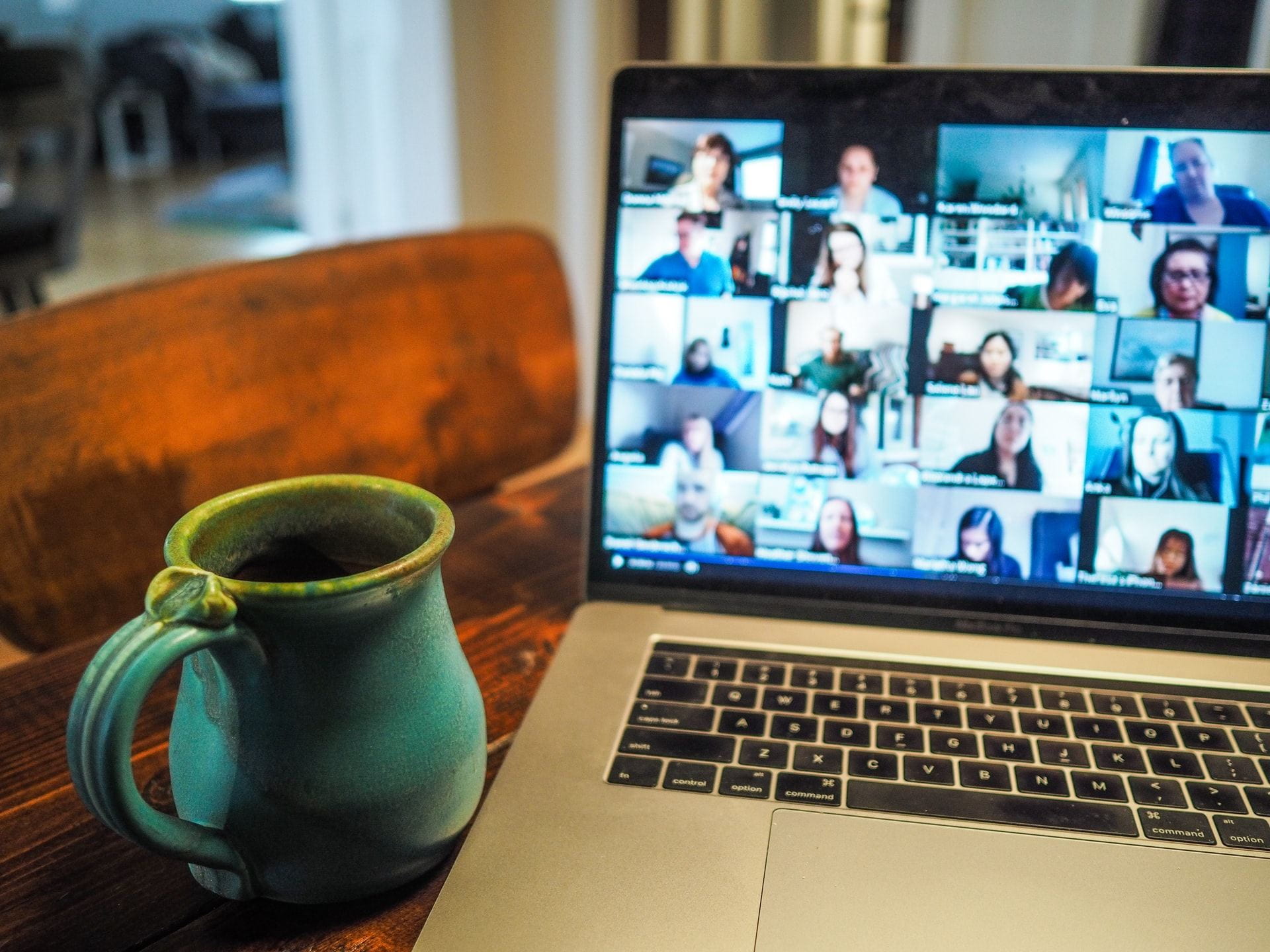
Alongside thousands of other colleges, Rice University stepped up to the challenge of online learning. In spring of 2020, the whole world was shaken by Coronavirus, and within weeks, Rice had declared nearly 2000 classes were to be conducted entirely online for the remainder of the semester. The Texas educational powerhouse was doing its best against the unknown. As a response to COVID-19, the virus that threatened the health and lives of students, Rice’s faculties banded together and made remote learning the new norm.
Adaptation
Rice’s faculty is composed of some of the most brilliant minds in America, and within days, thousands of courses were modified for remote instruction. Professors that spent their lives teaching from hand to board were learning how to record screens. And when the time came, in-person classes were dismissed, and Rice students became situated at home, ready to receive their education through computer screens. Logistical challenges became a daily occurrence, and education as we knew it changed forever. Professors delivered lectures in pajamas, and chemistry labs were completed without students ever leaving their beds. To say that Rice radically changed its methods to accommodate remote learning would be an understatement. And yet, each solution followed a problem. Students continued to receive a world-class education, and instructors could be more creative with their instructions than ever before.
Online Resources
Rice has a university-based database of free online resources, OpenStax. The database saw a large influx of new accounts, nearly 30,000 opened within the first year of remote learning. Students could access free textbooks, which can be highlighted and noted. OpenStax books also allowed for generated study guides. Remote learning quickly became just as immersive, if not more, than in-person learning. OpenStax also created resources for faculty members struggling to transition to online learning, such as test banks, slides, and management systems.
Preparation for the Future
Rice used the pandemic to set an example of what preparation, adaptation, and resilience could do for people. Klara Jelinkova, Vice President for International Operations at Rice University, held her breath for the new spring semester. Nearly all students and faculty were home for the pandemic. Equipped with over twenty team members, the Office of Information Technology anticipated the issues for the semester. And while there were some, Rice survived. The university had transitioned from three online courses to 1,906 online courses within three weeks. Things glitched, and issues happened, but it was not the end of the educational system. Rice adapted three primary teaching and learning platforms: Canvas, Kaltura, and Zoom. And the university moved on.
Multiple technologies were screened, but the university felt it was best to keep things simple for both faculties and students. Softwares that could run on average computers and equipped with adequate video features were ideal. Emails were sent to faculty on March 2, and solutions were brainstormed the same day. Rice knew that the easiest transition would require a well-prepared plan and defensive actions. During spring break, faculty members were trained on the platform to address problems before instruction began again.
The Takeaway
Rice University has done an exemplary job at remote learning. The university has resumed in-person instruction since September 2021 and maintained a low positivity rate (0.15%). It is believed there are nearly no on-campus transmissions (none of which take place in the classroom). Rice saw some of its most talented minds become some of its greatest minds. The university has managed to make it out of one of the most trying times in history.
Despite the circumstances of remote learning, Rice faculty and students have only grown from the experience. Many faculty members found remote learning to be more personable than on-campus teaching. Students were learning out of their homes and in a comfortable setting. Professors could interact with students more intimately than in a large lecture hall. And many world obstructions such as classrooms and dorms were removed. Caroline Levander, Vice President for Digital and Global Strategy at Rice, believed that remote learning made Rice a more connected place.
Students and professors were navigating the educational world together for the first time. There is a comradery in technical malfunctions. For the first time, Rice students were able to experience an unfathomable closeness with their professors. Remote learning made it so that teachers were learning just as much as students. Instead of highlighting incompetence, remote learning highlighted humanity. It grounded both students and teachers. There was no longer a sterile classroom with carefully crafted lectures. Learning became an exchange of information between a proud professor and anticipating students. Remote learning made Rice University more human.